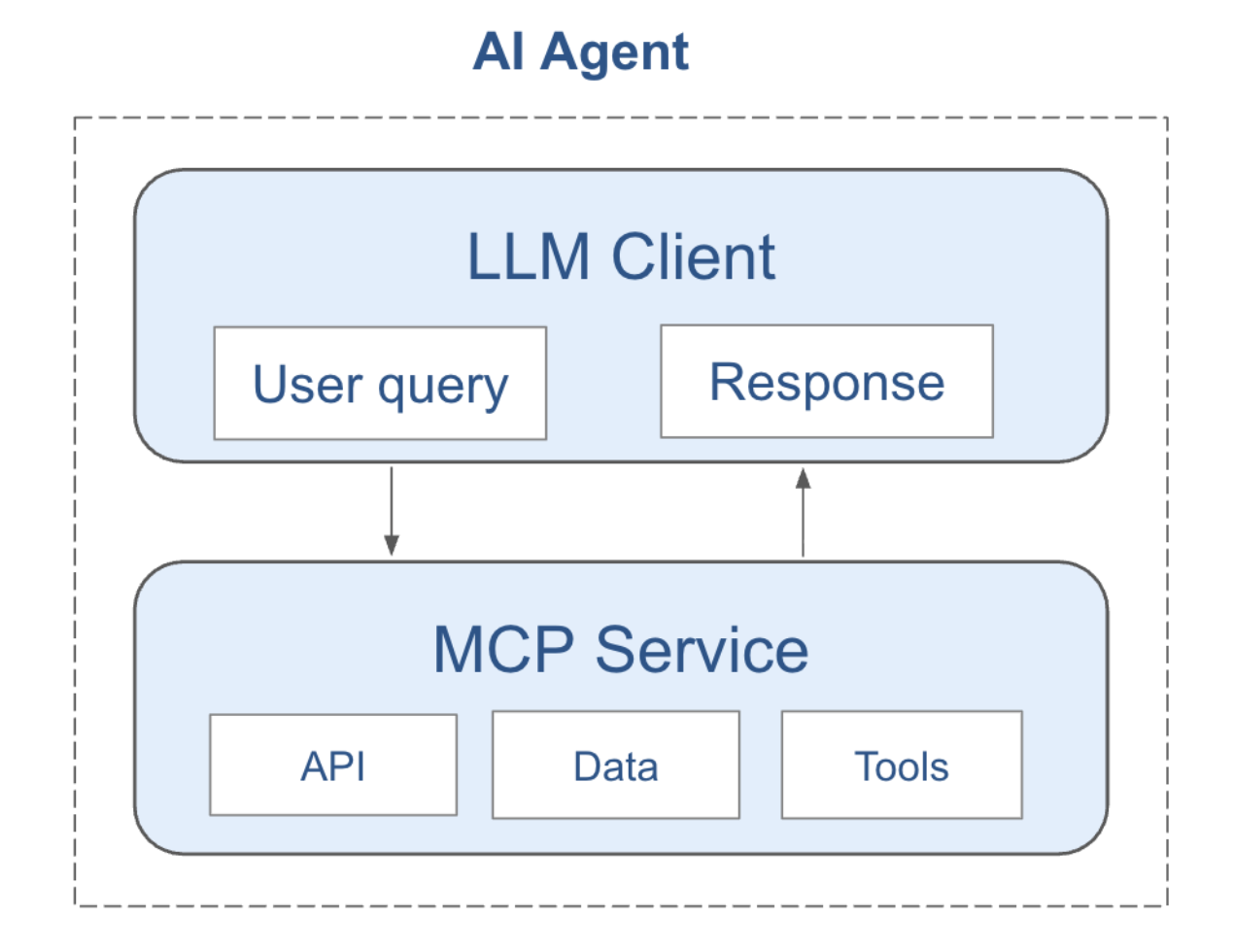
October 18, 2024
October 18, 2024
The outlook for winter 2023-2024: Modern science vs. the Farmer’s Almanac

In a ritual similar to Groundhog Day, two competing versions of the Farmer’s Almanac have released their forecasts for the coming winter. How do they stack up against Salient Predictions’ cutting-edge S2S forecasting technology?
---
It’s hard to think about the coming winter while much of the nation has a warm fall after sweltering in a summer with record high temperatures. We also saw wildfires ravage tropical islands and boreal forests and extraordinary flooding events across the world. But the traditional release of the winter forecasts from dueling publications Farmer’s Almanac and Old Farmer’s Almanac provides an irresistible opportunity to contrast those folksy prognostications with Salient’s innovative subseasonal-to-seasonal (S2S) forecasting technology.
While the almanacs are secretive about their respective methods, both appear to be consistent with NOAA’s El Nino forecast, in calling for a wet Southeast, but do suggest generally colder temperatures than we have seen recently. (See those forecasts here: Old Farmer’s Almanac and Farmer’s Almanac.)
Salient, by contrast, forecasts warmth in the north and west and a near-normal winter for much of the country over December–February. That continues the warming trend we have seen in recent years for the northern tier of states. (See Figure 1.) A warm fall and early winter across the north will mean that the Great Lakes will be slow to freeze over and will be able to supply lots of moisture for lake-effect snow. Buffalo can expect another round of very heavy early-season snow falls.
What accounts for the forecast discrepancies? By combining novel insights including the role of the ocean in the climate system, the latest weather data, and a new machine-learning engine, Salient can make more accurate and reliable forecasts on timescales of 2 to 52 weeks.


The Southeast and much of the Midwest have no strong signal for seasonal average temperature, though parts of the South from Texas to Georgia could see below normal temperatures, consistent with wet conditions. We also see no strong signal for winter rainfall for the Midwest, a tendency for a dry winter for the Northwest and high plains, and chances of a wetter winter for California and wet conditions for the Southeast. The East coast and Gulf coast are showing increased likelihood of being wetter than normal. (See Figure 2.)
The above-normal rainfall for the Southeast is a classic signature of El Nino, which continues to build in the tropical Pacific. Some are expecting a particularly strong El Nino after three years of La Nina. But it has yet to show signs of being anything other than average strength, largely because the atmosphere has been slow to respond to warm ocean temperatures in the central Pacific.
That could make for a stormy winter and spring for the Southeast, especially if temperatures trend warm. Moisture is fuel for atmospheric convection, and sunny days can generate thunderstorms because the sun’s energy goes into the latent heat of evaporation when it hits wet soils. Hailstorms and tornadoes could be in the mix for the Southeast.
As for the almanacs: One method we can infer from their forecasts is “reversion to the mean.” The premise is that if last winter was warm, then this winter will be cool to maintain climatological averages. But we live in a rapidly warming world and it is no longer safe to assume that the future will look like the past.
Last winter was particularly warm for the continental U.S. — which Salient accurately forecast the previous summer. We expect the coming winter to be warm again in the north and close to average for much of the rest of the country. Winter temperature patterns have a strong influence on energy demand across the country, and by extension the pricing of natural gas and electricity. You don’t need to be an old farmer with an almanac to foresee the implications of that.
---
Disclaimer: Weather predictions provided are for informational purposes only. Forecasts may be inaccurate due to the complex nature of weather systems.
Investors use this information at their own risk. Past performance does not guarantee future results. We advise conducting personal due diligence and consulting financial professionals before making investment decisions.
Salient Predictions is not liable for any financial losses resulting from the use of this information. By using these predictions, you accept full responsibility for your investment outcomes.
October 18, 2024
October 18, 2024
The outlook for winter 2023-2024: Modern science vs. the Farmer’s Almanac

In a ritual similar to Groundhog Day, two competing versions of the Farmer’s Almanac have released their forecasts for the coming winter. How do they stack up against Salient Predictions’ cutting-edge S2S forecasting technology?
---
It’s hard to think about the coming winter while much of the nation has a warm fall after sweltering in a summer with record high temperatures. We also saw wildfires ravage tropical islands and boreal forests and extraordinary flooding events across the world. But the traditional release of the winter forecasts from dueling publications Farmer’s Almanac and Old Farmer’s Almanac provides an irresistible opportunity to contrast those folksy prognostications with Salient’s innovative subseasonal-to-seasonal (S2S) forecasting technology.
While the almanacs are secretive about their respective methods, both appear to be consistent with NOAA’s El Nino forecast, in calling for a wet Southeast, but do suggest generally colder temperatures than we have seen recently. (See those forecasts here: Old Farmer’s Almanac and Farmer’s Almanac.)
Salient, by contrast, forecasts warmth in the north and west and a near-normal winter for much of the country over December–February. That continues the warming trend we have seen in recent years for the northern tier of states. (See Figure 1.) A warm fall and early winter across the north will mean that the Great Lakes will be slow to freeze over and will be able to supply lots of moisture for lake-effect snow. Buffalo can expect another round of very heavy early-season snow falls.
What accounts for the forecast discrepancies? By combining novel insights including the role of the ocean in the climate system, the latest weather data, and a new machine-learning engine, Salient can make more accurate and reliable forecasts on timescales of 2 to 52 weeks.


The Southeast and much of the Midwest have no strong signal for seasonal average temperature, though parts of the South from Texas to Georgia could see below normal temperatures, consistent with wet conditions. We also see no strong signal for winter rainfall for the Midwest, a tendency for a dry winter for the Northwest and high plains, and chances of a wetter winter for California and wet conditions for the Southeast. The East coast and Gulf coast are showing increased likelihood of being wetter than normal. (See Figure 2.)
The above-normal rainfall for the Southeast is a classic signature of El Nino, which continues to build in the tropical Pacific. Some are expecting a particularly strong El Nino after three years of La Nina. But it has yet to show signs of being anything other than average strength, largely because the atmosphere has been slow to respond to warm ocean temperatures in the central Pacific.
That could make for a stormy winter and spring for the Southeast, especially if temperatures trend warm. Moisture is fuel for atmospheric convection, and sunny days can generate thunderstorms because the sun’s energy goes into the latent heat of evaporation when it hits wet soils. Hailstorms and tornadoes could be in the mix for the Southeast.
As for the almanacs: One method we can infer from their forecasts is “reversion to the mean.” The premise is that if last winter was warm, then this winter will be cool to maintain climatological averages. But we live in a rapidly warming world and it is no longer safe to assume that the future will look like the past.
Last winter was particularly warm for the continental U.S. — which Salient accurately forecast the previous summer. We expect the coming winter to be warm again in the north and close to average for much of the rest of the country. Winter temperature patterns have a strong influence on energy demand across the country, and by extension the pricing of natural gas and electricity. You don’t need to be an old farmer with an almanac to foresee the implications of that.
---
Disclaimer: Weather predictions provided are for informational purposes only. Forecasts may be inaccurate due to the complex nature of weather systems.
Investors use this information at their own risk. Past performance does not guarantee future results. We advise conducting personal due diligence and consulting financial professionals before making investment decisions.
Salient Predictions is not liable for any financial losses resulting from the use of this information. By using these predictions, you accept full responsibility for your investment outcomes.
About Salient
Salient combines ocean and land-surface data with machine learning and climate expertise to deliver accurate and reliable subseasonal-to-seasonal weather forecasts and industry insights—two to 52 weeks in advance. Bringing together leading experts in physical oceanography, climatology and the global water cycle, machine learning, and AI, Salient helps enterprise clients improve resiliency, increase preparedness, and make better decisions in the face of a rapidly changing climate. Learn more at www.salientpredictions.com and follow on LinkedIn and X.



